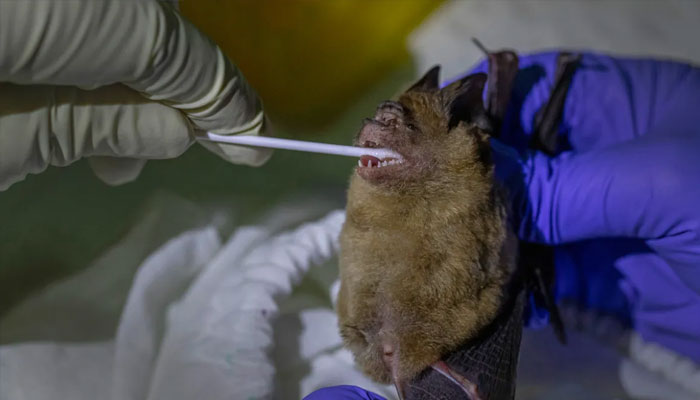New bat virus with potential to infect humans discovered in Thailand
Research group has been previously associated with experiments in China's Wuhan
A recently discovered bat virus in Thailand, with the potential to infect humans, has been reported by Dr Peter Daszak, the head of the controversial non-profit organisation EcoHealth Alliance, during a World Health Organisation (WHO) meeting.
The research group has been previously associated with experiments in Wuhan.
The unidentified virus was found in a cave in Thailand, where local farmers utilise bat faeces as fertiliser for their fields. Dr Daszak, speaking at the WHO event, highlighted the significance of the discovery: "We found a lot of SARS-related coronaviruses, but one in particular we found was quite common in bats where people were commonly exposed."
He further explained, "We consider this to be a potential zoonotic pathogen. Here we have a virus in bats, right now in a cave used by people highly exposed to bat faeces. And this virus is shed in bat faeces, so there is a real potential for emergence."
It's noteworthy that Dr Daszak, a British-born scientist, has consistently dismissed the lab leak theory and maintained that the coronavirus has natural origins.
This revelation comes amidst a global surge in coronavirus cases, with a 42% increase in hospitalisations across 50 countries, as reported by the WHO. The rise is attributed to the JN.1 Covid variant, first identified in France in September.
The variant now accounts for approximately 60% of new infections in early January, according to data from the US Centers for Disease Control and Prevention (CDC).
The World Health Organisation has classified JN.1 as a "variant of interest," acknowledging its rapid spread but stating that it poses a "low" global public health risk.
Initially part of the BA.2.86 sub-lineages, the JN.1 sub-variant was previously categorised as a variant of interest (VOI). However, WHO has emphasised that the global public health risk posed by JN.1 remains low.
-
Can Ibuprofen cut cancer risks? Study finds promising breakthrough
-
Find out early subtle signs that you might have Parkinson's disease
-
Relieve eczema symptoms this winter with simple steps
-
New hope for people with obesity as failed drug offers cure
-
New drug shows promise in lowering dangerous blood fats
-
New research finds back pain may disrupt men’s sleep quality later in life
-
Do you have depression or is it just Monday blues? Find out where science stands
-
Air pollution may play a role in prostate cancer risk, experts warn












